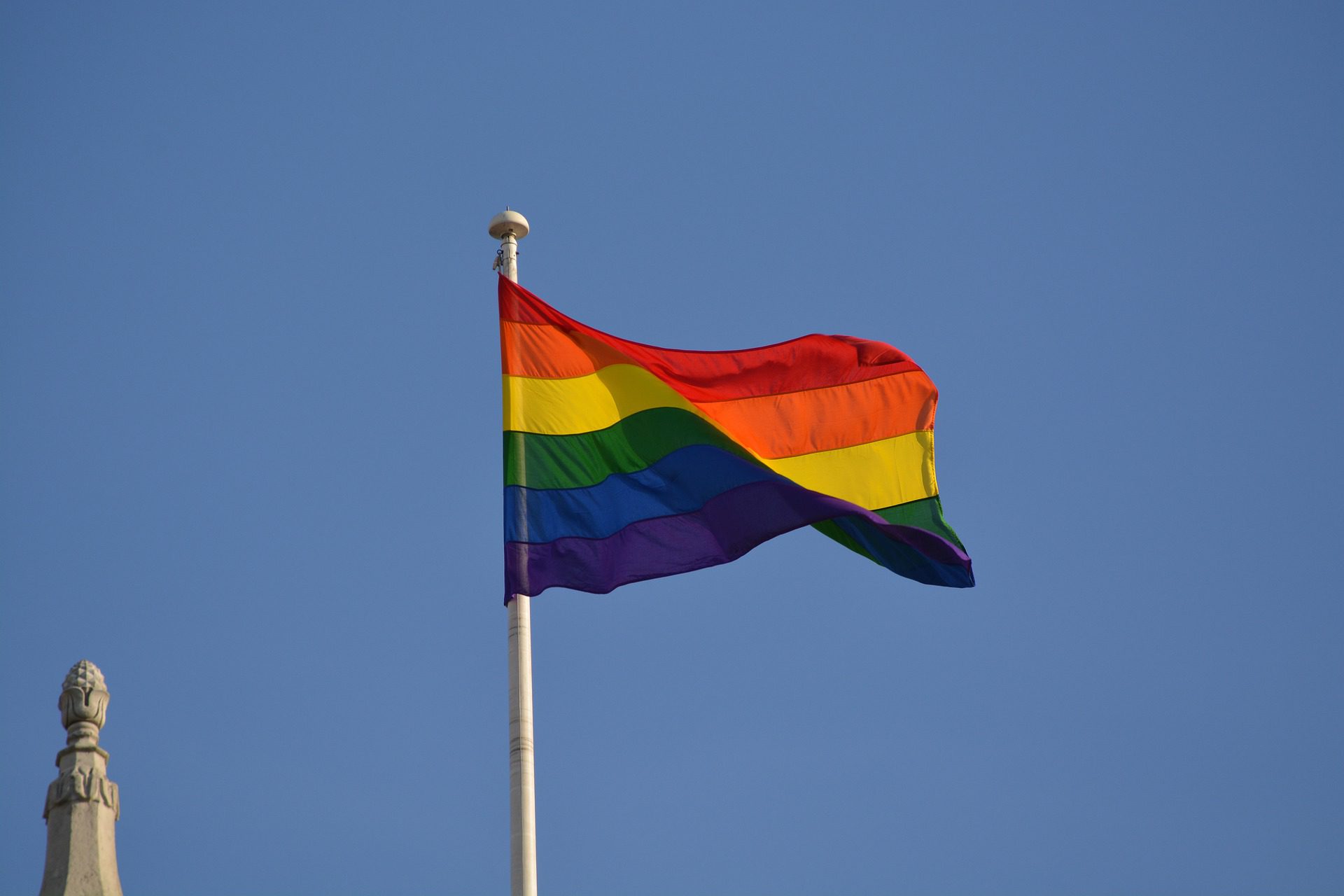
Transgender sex trafficking survivor hopes her story will help others
WASHINGTON, April 25 (Thomson Reuters Foundation) – As a homeless transgender woman, Dessai Scott felt she had nowhere to turn when her boyfriend started to sell her for sex, but she hopes going public about her ordeal can help other trafficking victims.
Having transitioned from a boy to a girl when she was 12, Scott was thrown out of her home at age 16 when her mother died, allowing her then boyfriend to exploit her.
Scott, now 22, said it took two years and several escape bids before she finally broke free, supported by U.S. non-profit FAIR Girls that works to prevent exploitation of girls, and she hopes her story will give other victims courage to seek help.
Studies show transgender youth, who are over-represented among the homeless and runaways, are particularly at risk of sex trafficking and less likely to seek help, fearing discrimination.
“I just wish I’d known there was support and help there for me,” said Scott, who will speak on Tuesday at Trust Conference/America Forum, a one-day event run by the Thomson Reuters Foundation on the fight against slavery and human trafficking.
Scott, who grew up in Washington, D.C., is studying to be a nurse.
“I don’t know about elsewhere, but in D.C. transgender people are only seen as good for sex and get no respect,” she said. “I can’t count the amount of times I was sold or to how many men.”
The rights of transgender people – estimated by the UCLA Williams Institute to account for 0.6 percent of the U.S. population or 1.4 million Americans – have burst into U.S. awareness in the past two years.
AT RISK
With this the vulnerability of young transgender people, many of whom are rejected by their families, has become an area of increasing concern.
A study released this month by Covenant House, a shelter for homeless teenagers in the United States and Canada, found nearly a fifth of 911 homeless youngsters had been trafficked.
But the rate of sex trafficking among lesbian, gay, bisexual, transgender and queer (LGBTQ) youth was the highest, with 27 percent reporting experiences consistent with the U.S. federal definition compared with the overall 15 percent.
Sex trafficking is officially defined as the recruitment, harboring, transportation, provision, obtaining, patronizing, or soliciting of a person for commercial sex which is induced by force, fraud, or coercion, or where the person is aged under 18.
“The unique obstacles faced by transgender individuals can make them especially susceptible to exploitation. Traffickers know this,” said Kendall Meyer from anti-slavery group Polaris.
Scott said often victims do not see the risks.
“Traffickers can be anyone. My boyfriend was abusive, but my parents were abusive so I thought it was normal,” she said.
“It was only when I realized one day that I was being drugged and molested when I was asleep that I called for help.”
Now a survivor advocate, Scott mentors young women exiting human trafficking and in 2015 co-wrote a stage production, DC Traffick, based partly on her own life.
She said particular care was needed to help transgender people who, according to the largest U.S. survey of transgender people released last year, suffer higher rates of poverty, substance abuse and mental health issues than others.
“We get beaten. I’ve been raped constantly,” said Scott. “Dealing with the LGBT community you need to be understanding, open minded, and non-judgmental.” (Editing by Ellen Wulfhorst. Please credit the Thomson Reuters Foundation, the charitable arm of Thomson Reuters, that covers humanitarian news, women’s rights, trafficking, property rights, climate change and resilience. Visit news.trust.org)
Read more here.
